|
|
|
|
|
|
|
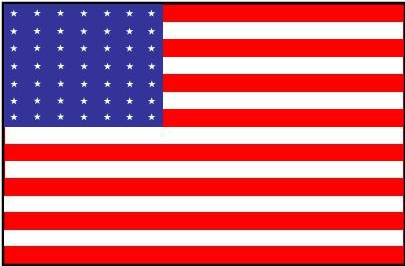 USA
|
Mortier de 150 T Mle 1917 Fabry |
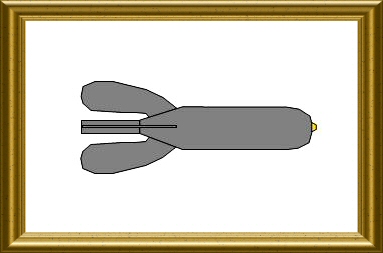 Trench artillery
|
|
|
Contributor :
|
Location :
USA
Westwood, NJ
Washington Ave
Coordinates :
Lat : 40.99140 / Long : -74.03330
|
General comments on this surviving gun :
Identical items in the same location :
1
Items covered by this file :
1
|
|
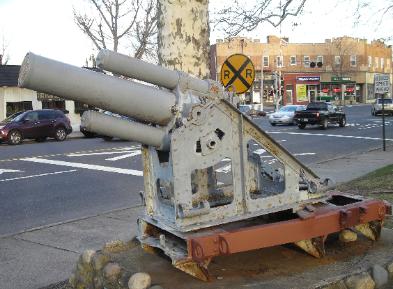
|
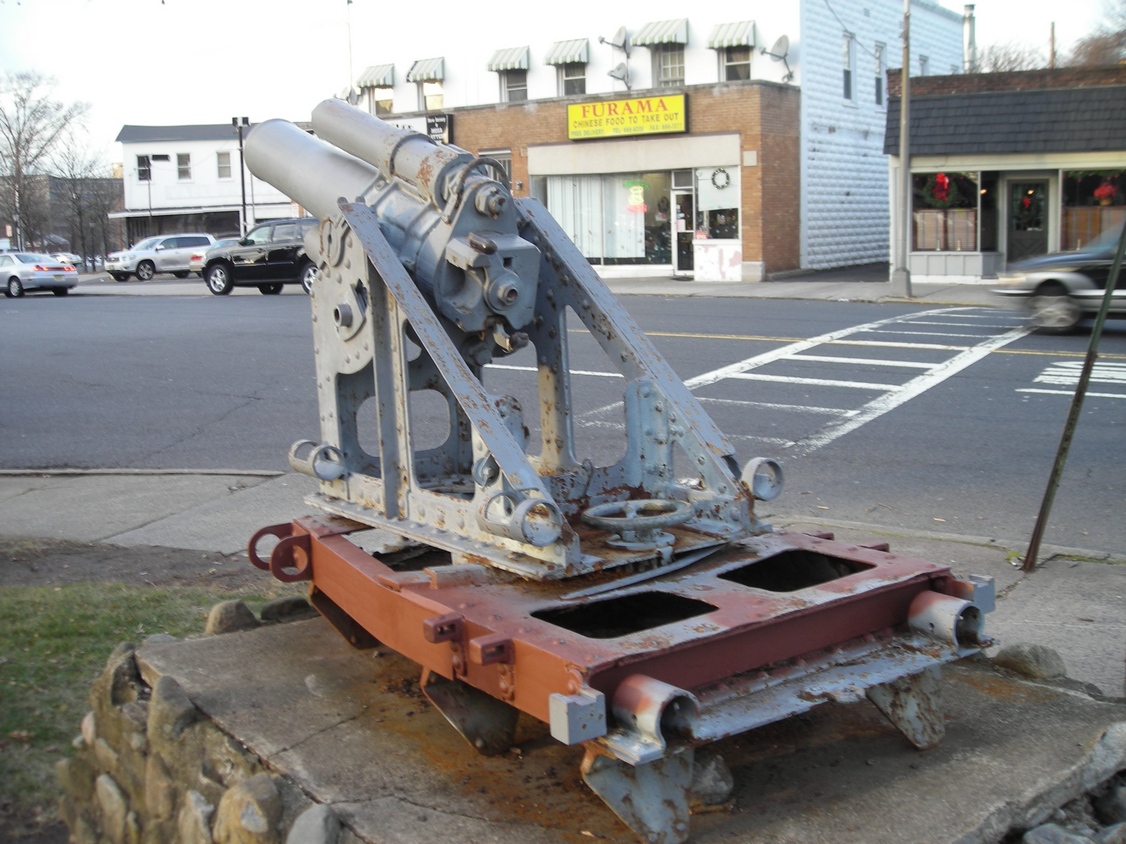
|
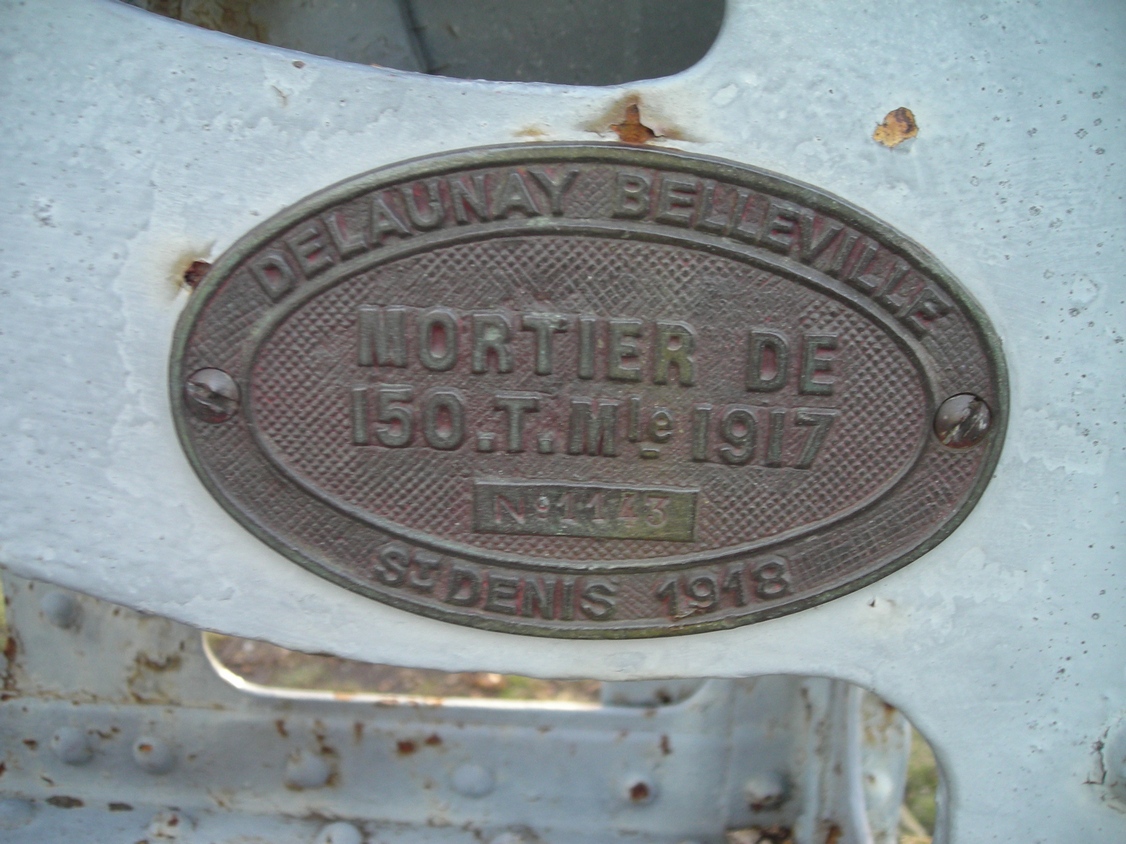
|
This French weapon was also in use in the US army
|
|
Markings 'Delaunay Belleville - #1143 - Saint Denis 1918'.
|
|
|
Historic and technical information
|
|
Denomination :
150 T Mle 1917 Fabry
|
Origin :
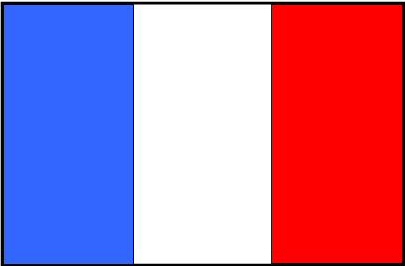 (
Batignolles)
(
Batignolles)
|
|
Historic context :
In 1916 at the request of the French army the Batignolles company had introduced a '150 T Mle 1916' trench mortar firing a shell of a comparable power to the one (16 kg) of the famous 58T mortars, but at an increased range. This weapon was satisfying the specification, but its operational use demonstrated some important defects, particularly with a low precision and a cumbersome mobility in one single load mounted on a removable wheeled train.
The same company worked on it and proposed an improved second version that was adopted in late 1917. This 'mortier de 150 T Mle 1917 Fabry' (from the name of the engineer Fabry responsible for the design in Batignolles) obviously inherited characteristics from its 1916 predecessor, including the general design of the carriage and of the long barrel, as well as the use of fin-tailed shells, but with several major improvements including :
- the addition of a hydro-spring two cylinders system for the recoil brake and recuperation allowing to increase the stability, the firing percision and the fire rate (note this trench gun was the only one in France to be equipped with such a system when all the 3 German reglementary minenwerfers already had one in 1914),
- the possibility to dismantle the mortar in several elements whose heavier was weighing 170 kg, allowing a better mobility on the front devastated grounds.
- 6 spades placed under the firing platform for a stable firing position.
- brand new aerodynamic fin-tailed projectiles with 6 fins, that will also be used by the 150 T Mle 1916 mortars already in service
With these modifications, the new mortar acquired a well deserved high reputation of a brilliant weapon, and was in consequence adopted as the reglementary weapon of the 'High Power Light Artillery' in the French army after 1918. It was still holding that place in May 1940 with 1159 such mortars available.
br>
However, the new mortar only appeared on the frontline in August 1918, therefore too late to take an important role in the WW1 that had turned back at that time to a movement war in most sectors.
Il fut également employé par les armées US, probablement également trop tard que pour prendre vraiment part aux derniers combats de 1918.
|
Technical data :
- Complete description : 150 mm trench mortar M 1917 Fabry
- Design year : 1917
- Calibre : 150.00 mm
- Weight in firing position : 615 kg
- Weight for transportation : in several separate loads, the heavier being 170 kg, or on reaod by horses in 2 separate loads
- Tube length in calibres : 12.00 (to be verified)
- Grooves : 0 (smoothbore)
- Projectile weight : 17 kg (bombe 1917)
- Initial speed : 156 m/s
- Fire rate : 4 rounds / minute
- Range : 2000 m
- Elevation range : 45 to 72 degrees
- Direction range : 27 degrees total range (in theory - 18 degrees practically)
|
Sources
|
-
Les Crapouillots 1914-1918 Pierre Waline Charles Lavauzelle 1965
-
Les canons de la Victoire 1914-1918 - Tome III - L' Artillerie de Côte et l'Artillerie de Tranchée Général Guy François Histoire et Collection 2010
-
Les Crapouillots 1914-1918 Général Rouquerol Payot 1935
-
Cours d'Artillerie de Tranchée Capitaine Bouchon Bourges 1918
-
Les engins de tranchée de faible puissance 1ère partie, les engins à tir courbe - Guerre, Blindés et Matériel Nr 121 Général Guy François Histoire et Collection 2017
|
|